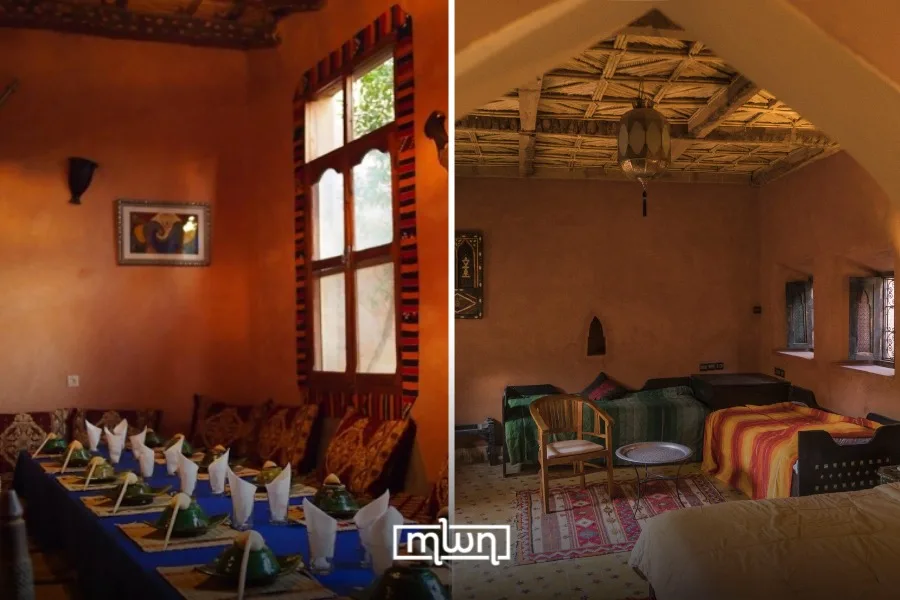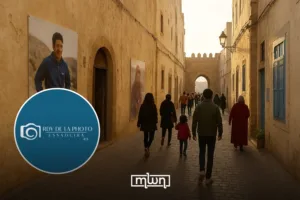These centuries-old Moroccan homes are not hotels, but timeless invitations into the heart of the country.
Fez – Morocco’s historic guesthouses are more than just places to spend the night, they are living reflections of Moroccan culture, craftsmanship, and the deep-rooted value of hospitality.
For centuries, these traditional homes have welcomed travelers, merchants, and visitors with an atmosphere that combines warmth, beauty, and authenticity.
Today, they remain a vital part of the country’s cultural and architectural heritage.
The legacy of hospitality
The tradition of Moroccan guesthouses dates back to ancient times, when they served as rest stops for traders and travelers crossing the country’s historic routes.
Built with practicality and elegance, these houses offered shelter, food, and a sense of safety to those far from home.
Their design still embodies the Moroccan way of hosting, interiors with hand-carved woodwork, colorful zellige tiles, and warm tones that create an intimate, welcoming feel.
Cities where tradition lives on
Marrakech
Few places capture the magic of Moroccan guesthouses like Marrakech. In the winding alleys of its medina, centuries-old homes have been transformed into elegant riads and dars, offering guests shaded courtyards, carved balconies, and tranquil gardens.
Staying in one feels less like checking into a hotel and more like stepping into a piece of history, where every tile and lantern has a story to tell.
Fez
In Fez, the cradle of Moroccan scholarship and craftsmanship, guesthouses are especially rich in detail.
The old city, Fez el-Bali, is lined with houses that preserve their original arches, carved stucco, and intricate mosaic work.
Guests who stay here experience not only traditional hospitality but also the refined artistry for which Fez is famous.
Meknes
Meknes offers its own distinct charm. The guesthouses in this imperial city blend architectural influences from the era of Sultan Moulay Ismail with authentic Moroccan design.
Visitors find peaceful retreats behind plain doorways, where traditional layouts and hand-finished interiors create an atmosphere that feels both historic and alive.
Why they matter for tourism
These guesthouses play an essential role in Morocco’s tourism landscape. Unlike modern hotels, they immerse visitors in the local culture, offering not just a bed, but an experience.
Guests enjoy personalized service, traditional cuisine, and the chance to live in spaces that have witnessed generations of Moroccan life.
This connection to heritage enriches tourism by turning every stay into a cultural journey.
Balancing preservation and progress
Despite their popularity, historic guesthouses face real challenges. Maintaining centuries-old structures requires constant care, and modernization must be done without erasing authenticity.
Restorations are costly, and adapting to new tourism standards while keeping the spirit of these homes intact is a delicate task.
Yet these challenges are also opportunities. Investment in careful renovation and skilled craftsmanship can help preserve these landmarks while supporting Morocco’s growing cultural tourism sector.
A living symbol of Moroccan identity
Historic guesthouses are not museum pieces, they are vibrant spaces where tradition meets modern life.
They allow visitors to experience Morocco in an intimate, human way, far from the uniformity of international hotel chains.
By staying in these homes, travelers see firsthand why Moroccan hospitality is celebrated worldwide: it is generous, refined, and deeply personal.
As Morocco continues to attract global travelers, these guesthouses will remain at the heart of its cultural offering.
Their preservation ensures that future generations, both Moroccan and foreign, can walk through their doors and feel the same warmth, artistry, and sense of history that have defined them for centuries.
Historic guesthouses are more than a place to rest; they are a window into Morocco’s soul.
















